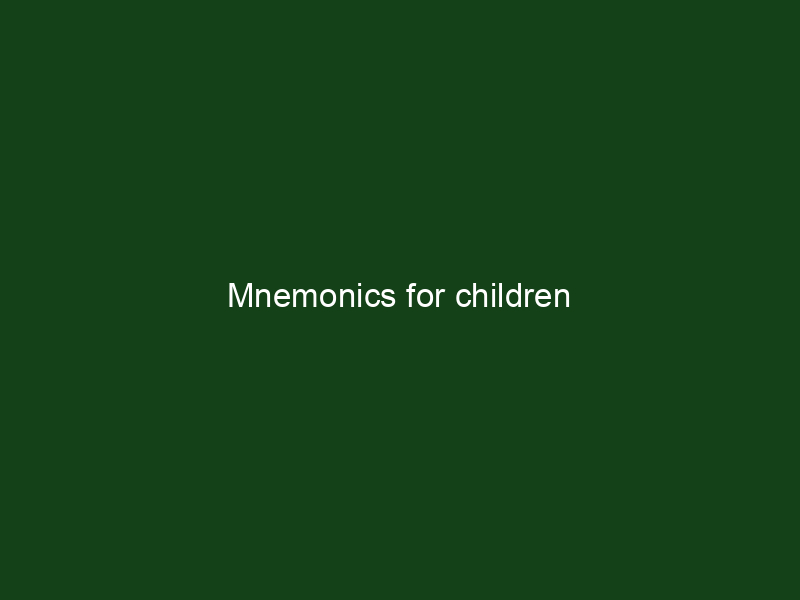When working with children we prefer audio mnemonics to visualization. Audio mnemonics tend to be slower, but easier to use and more stable for long-term memorization.
Ten years old is the perfect age to memorize texts. A healthy and creative 10 years old will always find something nasty and funny in the text, will play with the words to make it stand out, and will be shushed by the parents for inappropriate remark. This is such a good age for storytelling that we recommend parents not to teach their kids advanced visualization before they are 13 years old. I have once seen a master comedian in an interview saying that to be funny he had to connect with his high-school self and then exaggerate it up a notch or two. If you want to create funny stories effortlessly, you can go one step further and connect with 10-years-old you. This will not make others laugh, but you will remember the texts.
The techniques for memorization at this age are quite straight forward, and almost stupid. Surprisingly they work very well.
- Creating a short story featuring the things we want to remember. It is important that the story is remarkable, which usually means personally important and funny.
- Encoding the information we want into a funny sounding song. The literary quality is not important, but rhyming helps to remember.
- Telling the story with a funny voice. It is not reasonable to keep the voice funny all the time, so make emphasis on some special words and make these words sound really funny by playing with your voice and body language.
- Encode the story into a journey. Both mindmaps and mental palaces are forms of journeys. Moth epic stories are journeys. We are really good at creating and memorizing journeys.
- Add epic elements. Strong feelings, mythical creatures, great heroes and so on. Epic elements are the best markers for remembering stories.
- Connect the story to some known story or song, but with a twist. The twist should be funny.

Get 4 Free Sample Chapters of the Key To Study Book
Get access to advanced training, and a selection of free apps to train your reading speed and visual memory

